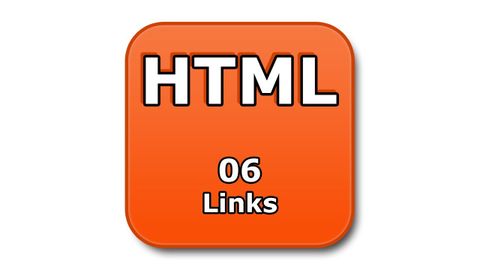HTMLチュートリアル - 06 - リンク (HTML Tutorial - 06 - Links)
Ted zhang が 2021 年 01 月 14 日 に投稿  この条件に一致する単語はありません
この条件に一致する単語はありませんUS /ˈkɚrənt, ˈkʌr-/
・
UK /'kʌrənt/
- n. (u.)電流;流れ;通貨
- adj.現在の;通用;最新
- n.傾向;世論
- n. (c./u.)住所;演説;アドレス (コンピューター)
- v.t.宛名を書く;(正式に)言及する : 申し出る;演説する : スピーチを行う;解決策を探る : ~に取り組む : ~について考える
US /ˈrɛfərəns, ˈrɛfrəns/
・
UK /'refrəns/
- n.推薦状;参考文献;参照;地図上での場所;言及;参考文献;参照;参照 (コンピュータ);身元保証人;照会;基準点;参考書
- v.t.引用する;言及する
- prep.に関して
エネルギーを使用
すべての単語を解除
発音・解説・フィルター機能を解除

